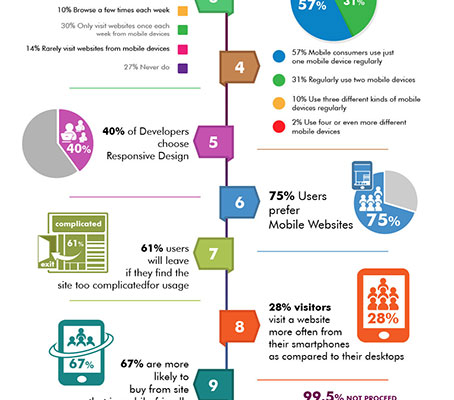Fascinated In Learning Exactly How Web Site Design Has Progressed Over The Years? Check Out The Trip From Uncomplicated Designs To User-Centered Strategies
Fascinated In Learning Exactly How Web Site Design Has Progressed Over The Years? Check Out The Trip From Uncomplicated Designs To User-Centered Strategies
Blog Article
Article Author-Johnsen Peters
In the past, websites were basic and focused on info. Navigation was straight, and style was for desktops. Now, customer experience is key. Data guides styles for simple navigating. Responsive designs fit different tools. Today, dark setting decreases strain, and minimal food selections boost navigation. Interactive functions engage users, and strong visuals stand out. AI assimilation enhances engagement. See how style has progressed to boost your online journey.
Very Early Days of Web Design
In the very early days of web design, simpleness reigned supreme. Websites were fundamental, with minimal colors, typefaces, and formats. read this was on supplying details rather than flashy visuals. Users accessed the web through sluggish dial-up links, so rate and performance were crucial.
Navigation food selections were straightforward, commonly located at the top or side of the web page. Sites were created for desktop, as mobile browsing had not been yet prevalent. Web content was king, and developers prioritized simple readability over intricate layout aspects.
HTML was the main coding language used, and designers had to function within its restraints. Computer animations and interactive features were marginal contrasted to today's standards. Internet sites were static, with little dynamic material or personalized customer experiences.
Rise of User-Focused Design
With the advancement of internet site style, a shift towards user-focused layout principles has become significantly noticeable. Today, producing web sites that focus on customer experience is essential for engaging visitors and accomplishing company goals. User-focused layout involves comprehending the needs, preferences, and habits of your target market to customize the internet site's design, content, and features accordingly.
Designers currently perform comprehensive study, such as user surveys and functionality testing, to gather understandings and comments straight from users. This data-driven method helps in creating instinctive navigation, clear calls-to-action, and visually attractive user interfaces that reverberate with site visitors. By placing the individual at the center of the design procedure, internet sites can supply a more tailored and pleasurable experience.
Receptive design has additionally emerged as a key element of user-focused design, making certain that websites are enhanced for numerous tools and display dimensions. This flexibility boosts availability and functionality, dealing with the diverse methods users communicate with web sites today. In essence, the increase of user-focused design symbolizes a change in the direction of developing electronic experiences that prioritize the demands and expectations of completion customer.
Modern Trends in Website Design
Explore the latest fads shaping website design today. One famous trend is dark setting layout, supplying a smooth and modern appearance while decreasing eye strain in low-light settings. An additional crucial pattern is minimalist navigation, streamlining food selections and improving individual experience by focusing on essential elements. Incorporating micro-interactions, such as computer animated switches or scrolling effects, can create a more appealing and interactive website. Receptive layout continues to be vital, guaranteeing smooth individual experiences across different devices. Additionally, utilizing bold typography and asymmetrical layouts can include aesthetic interest and draw attention to details content.
Incorporating AI innovation, like chatbots for customer assistance or tailored recommendations, boosts user engagement and streamlines procedures. Access has additionally end up being a considerable pattern, with developers prioritizing inclusive design practices to deal with diverse customer needs. Accepting sustainability by enhancing website performance for speed and efficiency is another emerging pattern in web design. Working together with customer feedback and information analytics to repeat and improve layout continually is important for staying pertinent in the ever-evolving digital landscape. By accepting these modern-day trends, you can produce a visually attractive, user-friendly internet site that reverberates with your audience.
Conclusion
As you reflect on the advancement of web site layout from the very early days to currently, you can see just how user-focused style has ended up being the driving force behind contemporary patterns.
Welcome the trip of modification and adaptation in web design, constantly maintaining the customer experience at the leading edge.
Tippingpointdigital
Keep existing with the most up to date fads and innovations, and never stop advancing your method to produce visually stunning and user-friendly websites.
Develop, adapt, and develop - the future of web design remains in your hands.
